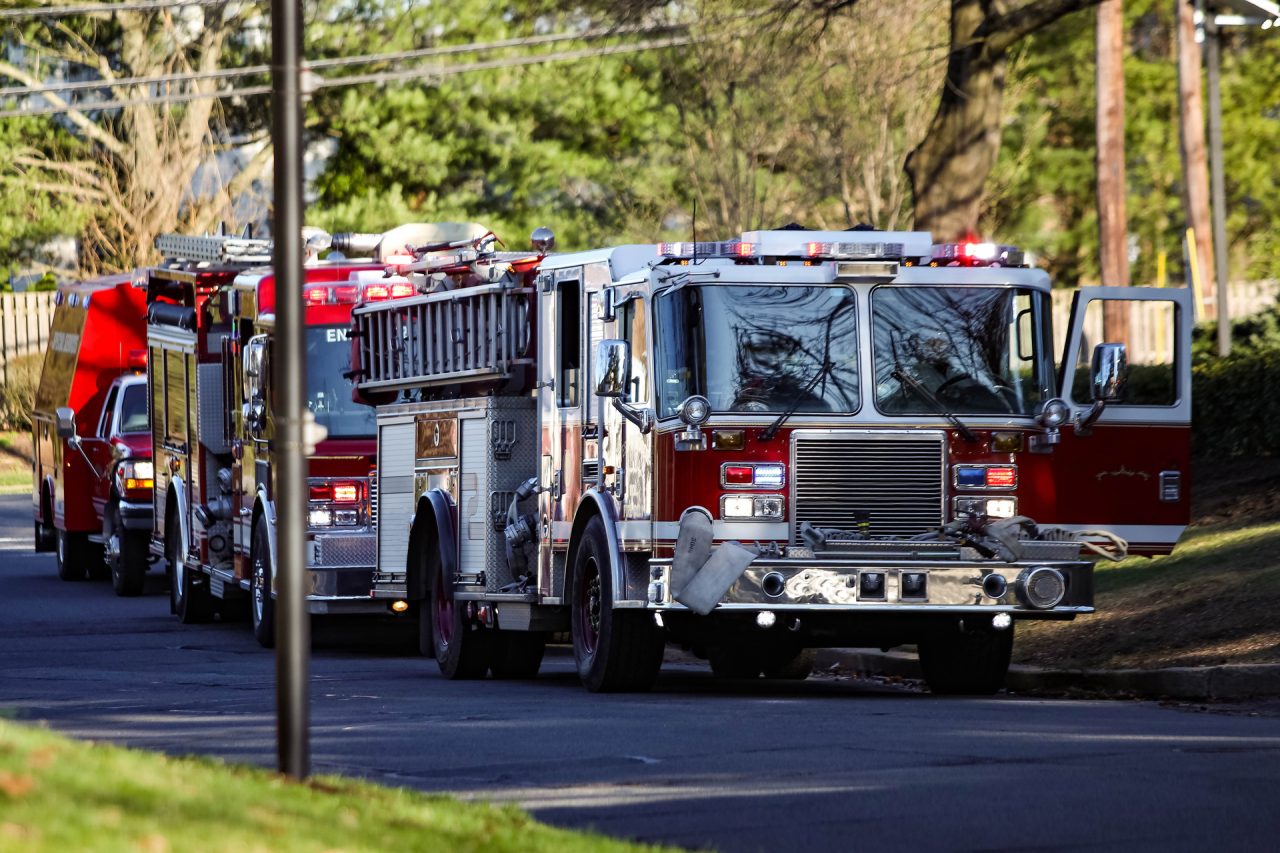Fires in residential homes remain one of the most preventable yet destructive incidents property owners can face. Many fires originate from common activities or overlooked maintenance issues, making awareness and proactive measures essential. Addressing fire hazards starts with understanding the risks and implementing straightforward solutions to reduce potential threats.
In regions like Louisiana, where homes often contend with a mix of older infrastructure and modern additions, taking a closer look at fire safety is particularly important. A little preparation and attention to detail can go a long way in preventing fires and ensuring the safety of everyone in the household.
Leading Fire Hazards in Residential Settings
Fire risks can be found in nearly every part of the home. From the kitchen to the laundry room, it’s important to know where these dangers commonly arise and what steps to take to minimize them.
1. Cooking-Related Fires
The kitchen is one of the most frequent locations for residential fires. Unattended cooking, grease buildup, and improper use of appliances are common causes. Fires often start when oils or fats overheat, or when flammable materials are left too close to a heat source.
Prevention Tips:
- Always stay in the kitchen while cooking.
- Keep flammable items like dish towels, paper products, and plastic utensils away from the stove.
- Regularly clean grease and food residue from stovetops, ovens, and range hoods to reduce fire risks.
2. Space Heaters and Heating Equipment
During cooler months, heating equipment, including space heaters and fireplaces, can be a significant source of fire hazards. Improper use, such as placing heaters near flammable materials or overloading electrical outlets, can quickly lead to fires.
Prevention Tips:
- Maintain a three-foot safety zone around space heaters and other heating devices.
- Use only heaters with automatic shutoff features in case they tip over.
- Schedule regular inspections for fireplaces and chimneys to ensure they are free from obstructions and damage.
3. Electrical Issues
Electrical problems, such as faulty wiring, overloaded outlets, or worn extension cords, are among the leading causes of house fires. Older homes, in particular, may have outdated systems that struggle to handle modern power demands.
Prevention Tips:
- Avoid plugging multiple high-wattage devices into the same outlet or power strip.
- Replace any frayed or damaged cords immediately.
- Have a licensed electrician inspect the home’s electrical system, especially if it hasn’t been updated in years.
4. Smoking Materials
Cigarettes, cigars, and other smoking materials are a well-documented fire hazard. Fires often occur when these materials are improperly extinguished or when smoking takes place near flammable furniture or bedding.
Prevention Tips:
- Always extinguish smoking materials completely before discarding them.
- Smoke outside whenever possible and use deep, sturdy ashtrays.
- Never smoke in bed or when feeling tired.
5. Candles and Open Flames
Candles add ambiance to a home but can be a fire hazard when left unattended or placed near flammable objects like curtains or furniture.
Prevention Tips:
- Use sturdy, non-flammable candle holders.
- Keep candles at least 12 inches away from anything flammable.
- Extinguish candles before leaving the room or going to sleep. Consider using flameless LED candles as a safer alternative.
6. Dryer Lint and Laundry Equipment
Clothes dryers are often overlooked as a fire hazard. Lint buildup in the lint trap, vents, or exhaust ducts can restrict airflow, causing the dryer to overheat and potentially ignite.
Prevention Tips:
- Clean the lint trap after every load of laundry.
- Regularly inspect and clean the dryer vent and ductwork.
- Avoid overloading the dryer to ensure it operates efficiently.
7. Flammable Liquids
Many households store flammable liquids, such as gasoline, paint thinner, and cleaning chemicals, in garages or utility rooms. These substances can release vapors that ignite if exposed to a heat source or spark.
Prevention Tips:
- Store flammable liquids in approved containers and keep them in well-ventilated areas.
- Keep these materials far from heat sources, pilot lights, or open flames.
8. Holiday Decorations
Seasonal decorations, including live Christmas trees, string lights, and candles, can become fire hazards when improperly managed. Dry trees and frayed light wires are common culprits during the holiday season.
Prevention Tips:
- Keep live Christmas trees watered to prevent them from drying out.
- Inspect holiday lights for damage before use and avoid overloading electrical circuits.
- Turn off decorative lights when leaving the house or before bed.
Creating a Safer Home Environment
Fire prevention doesn’t end with identifying hazards. A comprehensive approach to home safety includes regular maintenance, fire safety equipment, and a plan for emergencies.
Smoke Detectors
Install smoke detectors on every level of the home and outside sleeping areas. Test them monthly and replace batteries annually or as needed. Replace the detectors themselves every 10 years.
Fire Extinguishers
Keep fire extinguishers accessible in key areas, such as the kitchen, garage, and near fireplaces. Learn how to use them properly so you’re prepared to respond in an emergency.
Fire Escape Plan
Create a fire escape plan that includes two exits from each room and a designated meeting place outside the home. Practice the plan regularly with all household members to ensure everyone knows what to do in case of a fire.
Maintaining Vigilance
Preventing fires in the home requires consistent attention to detail. Many hazards arise from everyday activities, making it easy to overlook their potential risks. By taking simple precautions and staying proactive, homeowners can significantly reduce the likelihood of a fire. A well-maintained home is not only a safer place to live but also a better-protected investment.
Fires can have devastating effects, but with proper preparation and awareness, many incidents are entirely preventable. Regularly reviewing fire safety measures and addressing potential hazards ensures peace of mind and safety for everyone in the home.


